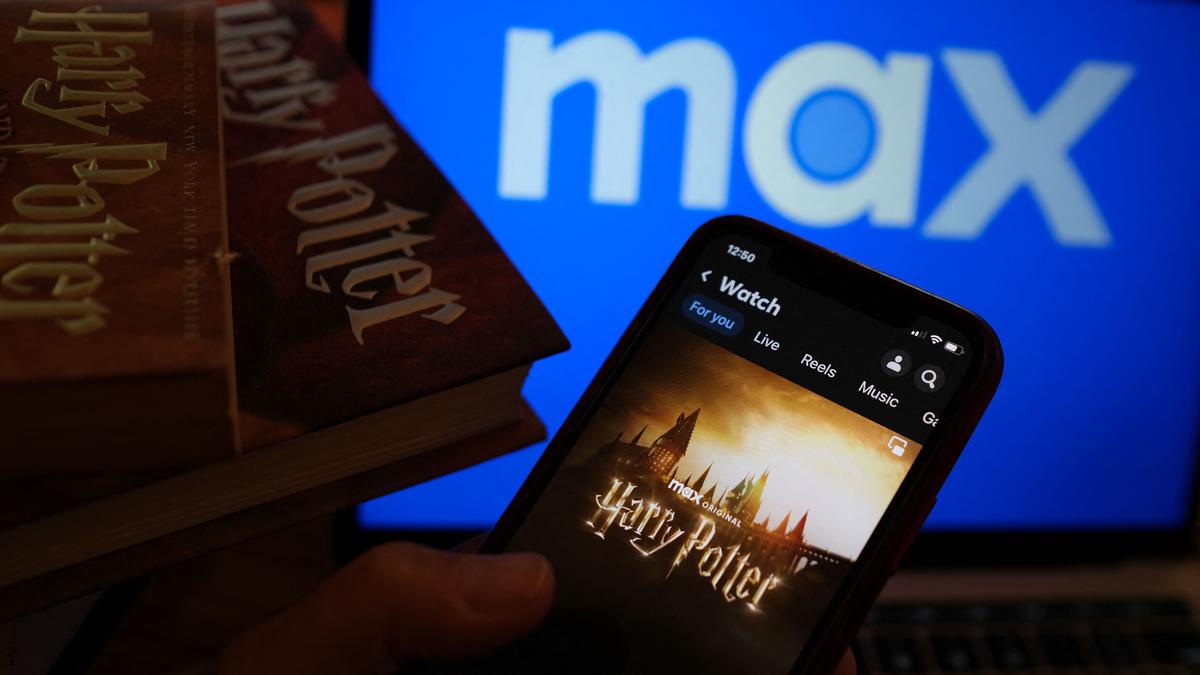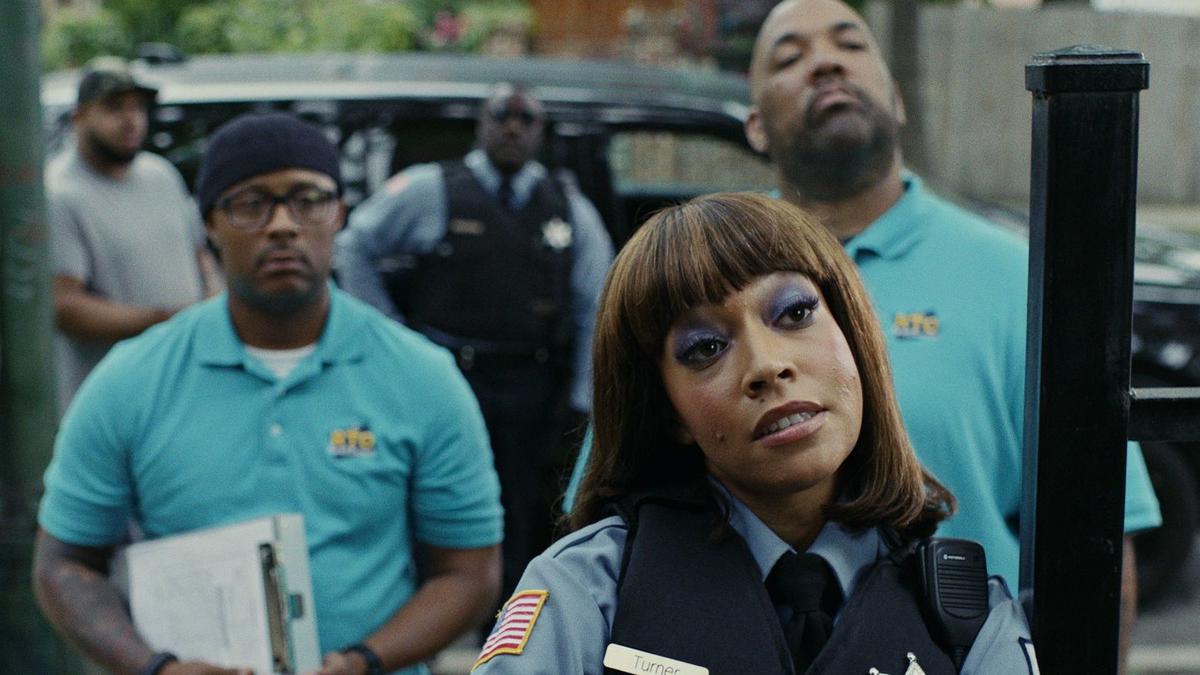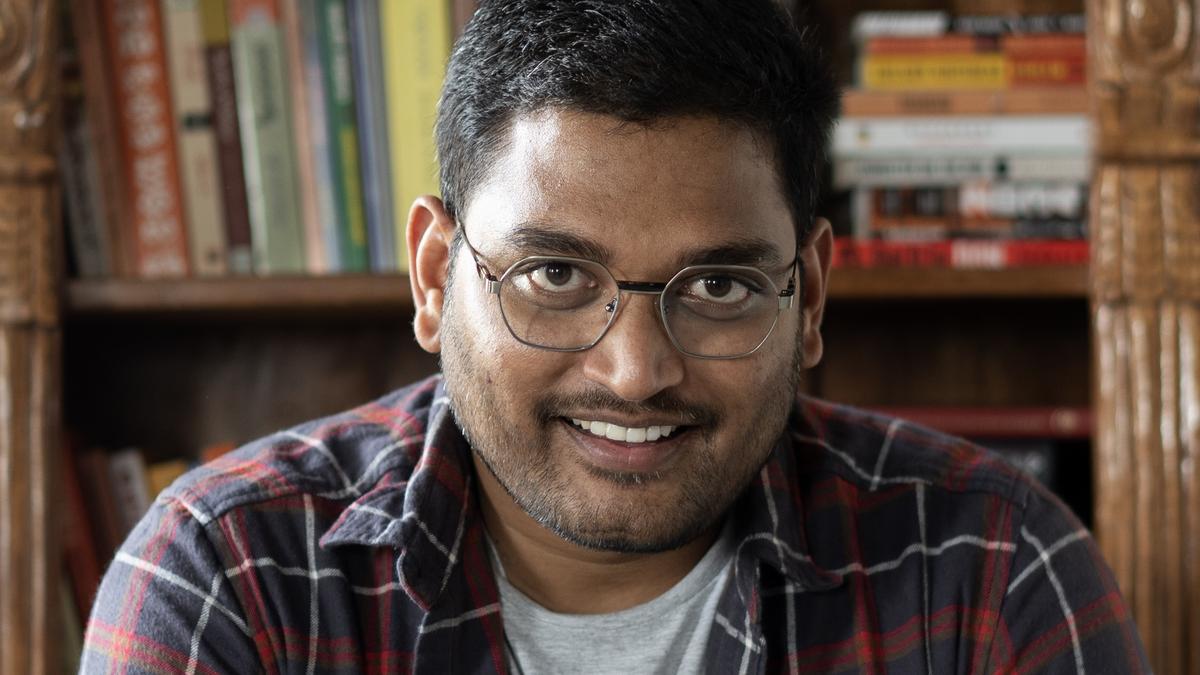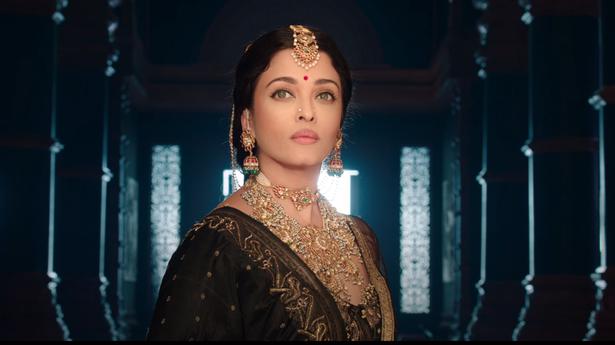People across age groups watched the blockbuster that was Ponniyin Selvan: I. A big chunk of this also included the book fans, who, we can safely assume (going by the box-office numbers), were satisfied with Mani Ratnam’s screen translation of Kalki’s work.
A few of them, however, accused Ratnam of altering the essence of the books. The characters, they said, were robbed of their nuances. The following were some of the common gripes — Aditha Karikalan comes across as a jilted lover in the film, whereas in the books, he is a different character altogether; Alwarkadiyan, a super spy in the books, was reduced to being just comic relief; Aniruddha Brahmarayar, a central character in the story, was barely present in the film; and Poonkuzhali, depicted as a fierce tigress in the books, appeared tame on-screen.
Adapting a book, especially a famous one, into a film has always been tricky. The Harry Potter film franchise, despite earning $7.7 billion at the box office, also received criticism from some fans for not remaining faithful to the source material and leaving out several important/ favourite scenes, as well as curtailing character development due to the lack of screen-time.
For example, several fans especially took exception to how Lord Voldemort’s iconic death scene from the books played out on-screen: “In the books, he dies a very normal, human death. The whole point was that this mighty, megalomaniac wizard just died mortally. But in the film, he just evaporates into the air like it’s some dandruff shampoo ad!”
Now, taking this into account, HBO Max is developing a live-action series based on author J.K. Rowling’s Harry Potter books. The upcoming project will feature a new cast, and each season will be devoted to one of Rowling’s books. The plan is for the show to unfold over 10 years.
Different mediums
It can be argued that films should stay true to the books as much as possible. After all, fans of the book are likely to be the main audience for the film adaptation, and they have certain expectations about how the story and characters should be portrayed on screen. Deviating too far from the source material can lead to backlash from fans.
But books and films are two distinct mediums of storytelling, each with its own set of strengths and limitations. What works on the page may not necessarily work on screen. Books allow for more introspection and internal monologues from characters, which can be tough to translate to the visual medium of film. Therefore, changes to the story or characters may be necessary to make the story more cinematic and engaging.
Additionally, films often have to contend with practical constraints such as budget, casting, and runtime. While an author can have infinite characters and locations, a filmmaker must often make difficult choices about what to include and what to leave out. This can mean combining characters or eliminating subplots, which may deviate from the book but is necessary for the film to work as a standalone piece.
Recreating for the screen
Filmmaker Vetri Maaran, who has adapted three novels on screen, understands the complexities of the book-to-screen translation very well. “When you take content that exists in a different medium and try to make it into a film, we should first understand, accept, and acknowledge that none of that medium’s aesthetics or finesse is going to be useful for your films,” he says in an interview with Film Companion, “You first try to understand the story, the character, and the plot and then you try to rewrite it.”
“When you try to recreate the situation in the novel into a screenplay, a lot of things will have to be omitted… Sometimes, what is left unsaid in the novel, might have to be pointed out in cinema; and what is specified in the novel can be left unsaid in the film.”
Filmmakers may also want to put their own stamp on the story, and this can mean making changes to the book. While this can be risky, as it can alienate fans of the book, it can also lead to a fresh and exciting take on the story. For instance, David Fincher, while making Gone Girl (which is based on Gillian Flynn’s novel of the same name), made significant changes to the ending of the book which arguably allowed for a more satisfying conclusion to the story.
To ensure the film doesn’t lose the book’s essence, its makers can involve the author in the project. Gillian, for instance, wrote for the film version of Gone Girl. Filmmakers, especially while adapting a saga, can also consider making it a series than a film… if they have the budget for it. In Ponniyin Selvan’s case, Mani Ratnam had the budget only for a two-part film, and Harry Potter is now getting a longer, more detailed adaptation.
Ultimately, the success of a film adaptation depends on the quality of the film itself, rather than its faithfulness to the source material.
As Vetri Maaran observes, “A popular fiction novel like The Godfather can become a classic film while a classic novel like A Tale of Two Cities can turn out to be a mediocre film.”




%20new.jpg)

